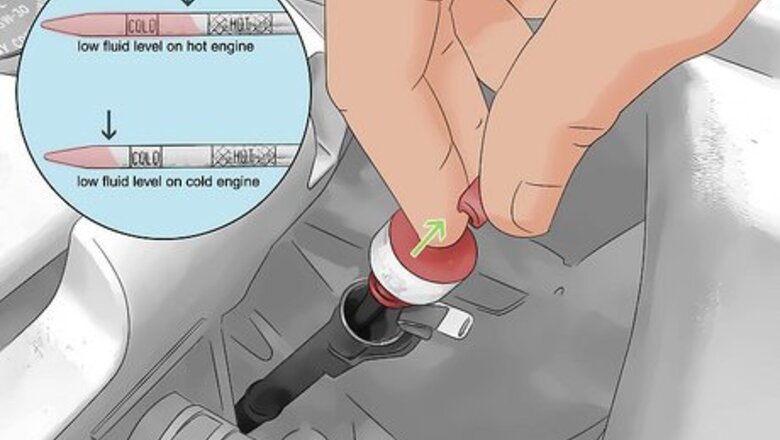
views
X
Research source
Getting Started

Check the level of transmission fluid first using the dipstick. Automatic transmission fluid (ATF) is the fluid used in vehicles with self-shifting or automatic transmissions. It's typically colored red or green to distinguish it from motor oil and other fluids in the vehicle. On most vehicles, you can check the level with a dipstick, while the engine is running. Look for the transmission fluid dipstick, which is usually red-handled. It should be labeled clearly and easy to access on most cars, close to the oil dipstick. Dipsticks list a hot and cold reading. If your engine has not been run in about an hour and you do not live in an extremely hot climate refer to the Cold Reading for proper levels. If your levels are low, but the fluid looks clean, you might just top off the system. If the fluid looks discolored or sludgy, you need to change it. If you're at the mileage marker that requires you to change your transmission fluid, you might just elect to change it anyway, even if the fluid looks good.
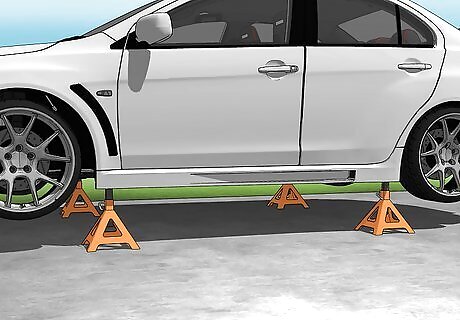
Lift and support the vehicle with jack stands. Make sure you've got enough room to squeeze under the vehicle and that the jacks are supported securely. Always park on a flat, even surface when you're working under the car and use support stands, chucks, or other acceptable bracing to ensure safety should a jack fail or the vehicle attempt to roll off ramps.
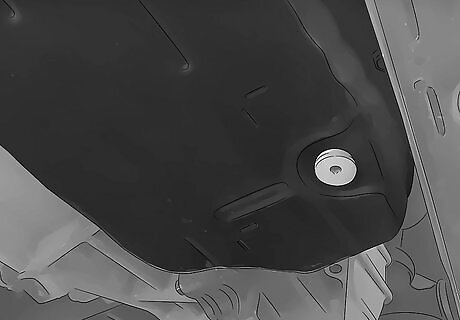
Locate the transmission fluid pan. The pan will be attached to the bottom of the transmission with six to eight bolts, so you'll have to crawl underneath the vehicle to locate it. For front-wheel drive vehicles, the transmission is typically situated left-to-right under the engine bay. For rear-wheeled vehicles, the transmission typically hangs under the center console area, facing front to rear. Examine the pan. In most vehicles, you'll be able to drain the transmission fluid by removing a drain plug in the center of the pan and letting the fluid drain out into a receptacle. On some vehicles, however, you might have to remove the transmission pan entirely. The fluid pan will have multiple smaller bolts around the border to hold the pan to the transmission, which you can unscrew and pull the pan free. If you want to inspect the fluid filter, gaskets, or any other components, you may want to remove the pan anyway to examine the assembly more thoroughly.
Draining the Fluid
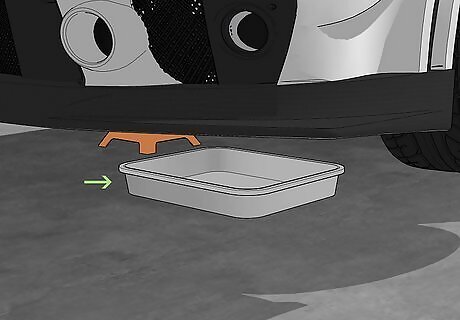
Place a collection pan under the drain hole. To catch the falling transmission fluid, you'll need a pan under the drain bolt big enough to catch it. Inexpensive plastic receptacles are available at most auto shops. If your transmission lacks a drain plug, draining the fluid is potentially a very messy operation. Because the fluid will drain around the pan (rather than through a drain plug hole), you will need a collection pan at least as wide as the transmission pan itself if you don't want to make a mess. EXPERT TIP Hovig Manouchekian Hovig Manouchekian Auto Repair & Design Specialist Hovig Manouchekian is an Auto Repair and Design Specialist and the Manager of Funk Brothers Auto, a family-owned business operated since 1925. With over 30 years of experience in the automotive industry, Hovig specializes in the process of auto repair and maintenance. He is also very knowledgeable in common automotive issues and needs including engine repair, battery replacement, and windshield accessory and maintenance. Hovig's knowledge and hard work have contributed to Funk Brothers Auto winning Angie's List Super Service Award for five consecutive years. Hovig Manouchekian Hovig Manouchekian Auto Repair & Design Specialist Act immediately if there is coolant in your transmission. Flush the transmission fluid immediately to remove contamination. Identify the leak source and see a mechanic for diagnosis and repair. Ignoring this can destroy your transmission.
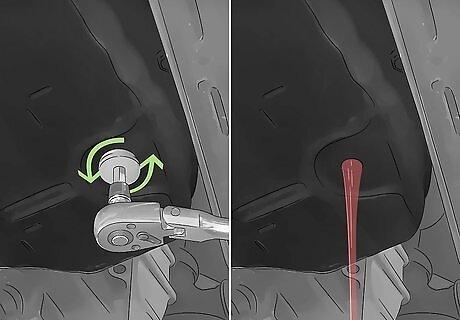
Drain the fluid. To drain the fluid, you'll either unscrew the drain bolt or remove the pan and the fluid will start draining immediately. It's likely that you'll get some fluid on your hands (it's almost impossible to avoid this), but you can make sure that you keep your face and chest out of the way to minimize the spillage. Place the receptacle under it, unscrew the plug, and pull it away and free quickly to get out of the way. If the transmission pan has a drain plug, remove the plug to drain the fluid into a collection pan. Use a pan that can contain up to ten quarts of transmission fluid, although that much probably will not drain out. If you need to remove the entire transmission fluid pan, unscrew the two upper-most bolts halfway, then unscrew the other bolts all the way. As soon as the last bolt is completely unscrewed, the pan may drop a bit and fluid will begin draining. You may also have to pull it loose using some force.
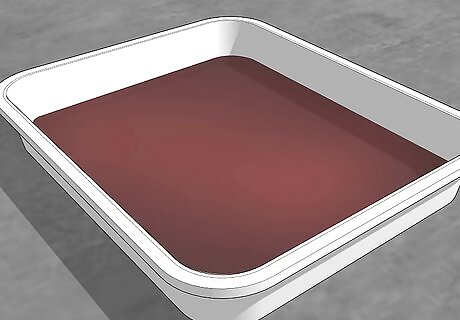
Examine the fluid that drains out. Most automatic transmission pans have a magnet inside to collect metal shavings that have been produced by worn moving parts. Remove these shavings along with the remaining fluid in the pan. Metal shavings are normal and represent the typical wear and tear of the gears. Any large or odd-shaped chunks however are not normal. Keep these pieces and seek the advice of a certified mechanic to ensure the transmission is not in need of immediate attention. About 50 percent of the fluid will remain in the transmission when you drain it. To remove all the fluid, including the fluid in the torque converter, you must flush the transmission completely, a process that is usually part of a more comprehensive maintenance routine.
Replacing the Fluid
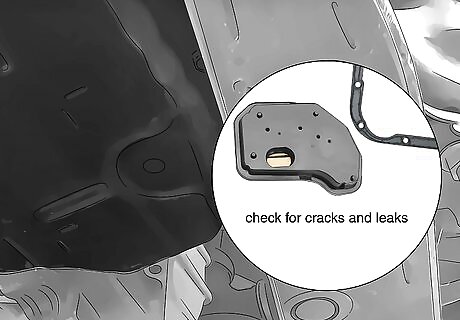
Evaluate the transmission fluid filter and gaskets. While you're changing the fluid, it's a good idea to inspect and evaluate the status of the filter and gaskets and replace them if necessary. They won't need to be replaced every time, but cracked or leaky filters and gaskets need to be removed and replaced with identical parts, which you can purchase at an auto supply store. To find out which replacements you'll need for your model, visit the store and talk to a technician. If you do this, or if you elect not to, replace the plug and the pan assembly, tightening with a socket or torque wrench. Don't over tighten the bolts.
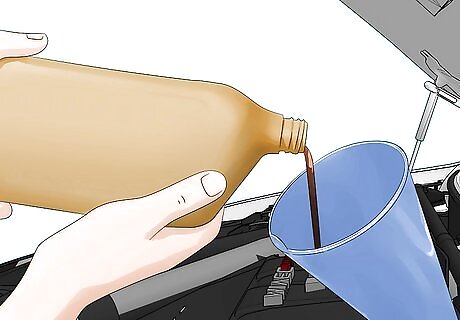
Add new transmission fluid. Once the pan is back on the vehicle, you can take the car down off the jack stands and replace the transmission fluid with the appropriate variety.There are different kinds of transmission fluid, so you want to make sure to use the kind recommended by the car manufacturer. Check your owner's manual to add the correct variety of fluid. On most vehicles, you'll add the transmission fluid through the port from which you removed the dipstick. The new fluid goes directly into this spout, in most cases. You will need to use a funnel. Pour in a little less fluid than drained out so as not to overfill. You can find out the proper amounts in your owner's manual. Prevent transmission problems with regular fluid changes. "I didn't realize you were supposed to change transmission fluid regularly as preventative maintenance. This article explained that old fluid can make shifting sluggish and even stall the engine. Doing periodic fluid changes can really extend the life of your transmission." - Betty B. Check transmission fluid correctly using dipstick readings. "I used to just look at the transmission fluid and guess if it needed changing. Reading this taught me to properly check the level with the dipstick first. It explains the difference between hot and cold readings, which I'll follow to make sure I have the right amount." - Sanju P. Save transmission from expensive repairs by changing fluid. "I was experiencing some slipping in my transmission so I decided to try changing the fluid myself after reading this. Even though the old fluid wasn't too dirty, the new fluid totally fixed my slipping problem and saved me from an expensive transmission rebuild." - Arthur H. Understand how to completely change all transmission fluid. "I didn't realize that only about half the fluid gets changed during a routine change. This article explained that you need a full flush to get all the fluid out, including what's in the torque converter. Now I understand exactly what's involved in a complete fluid change." - Ab C. Have a story our readers should hear? Share it with 1 billion+ annual wikiHow users. Tell us your story here.
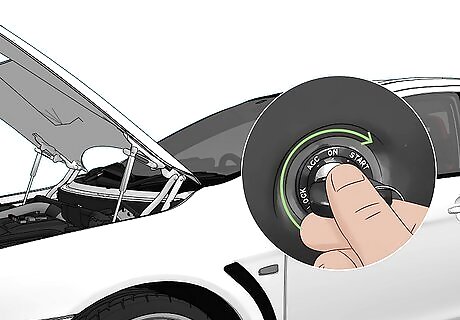
Start the car and allow it to run for a few minutes. Check the fluid level. If the level is low, add more fluid. Repeat until the transmission fluid is at the right level. Avoid overfilling. Some transmissions require the fluid be checked in neutral and others in park. The wrong amount of fluid will be added if not in correct position. The dip stick and owners manual will indicate correct position.
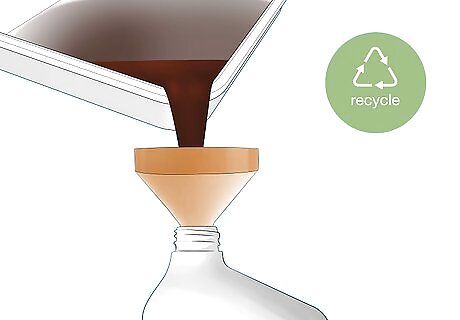
Dispose of the fluid properly. Transmission fluid is harmful for the environment, and it's important that you avoid draining or dumping transmission fluids into the environment. Always wear gloves and wash your skin of any residue immediately after completing the change of fluids. Most auto parts stores and body shops will have fluid recycling programs that allow you to drop off your motor oils, transmission fluids, and other vehicle fluids that you collect when maintaining your vehicle. Find a drop-off site in your area.
















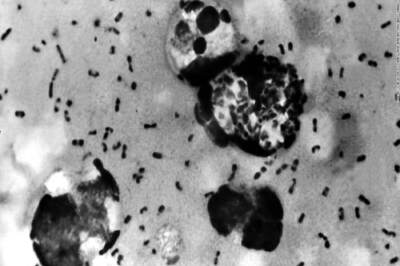



Comments
0 comment